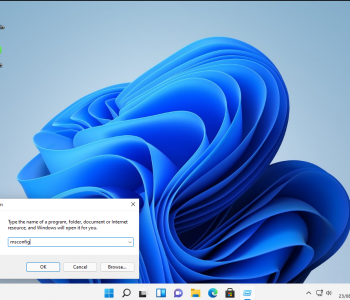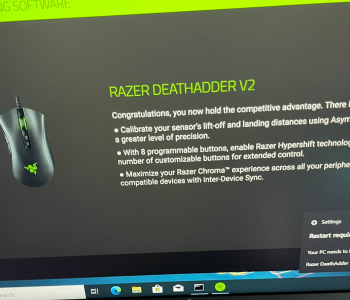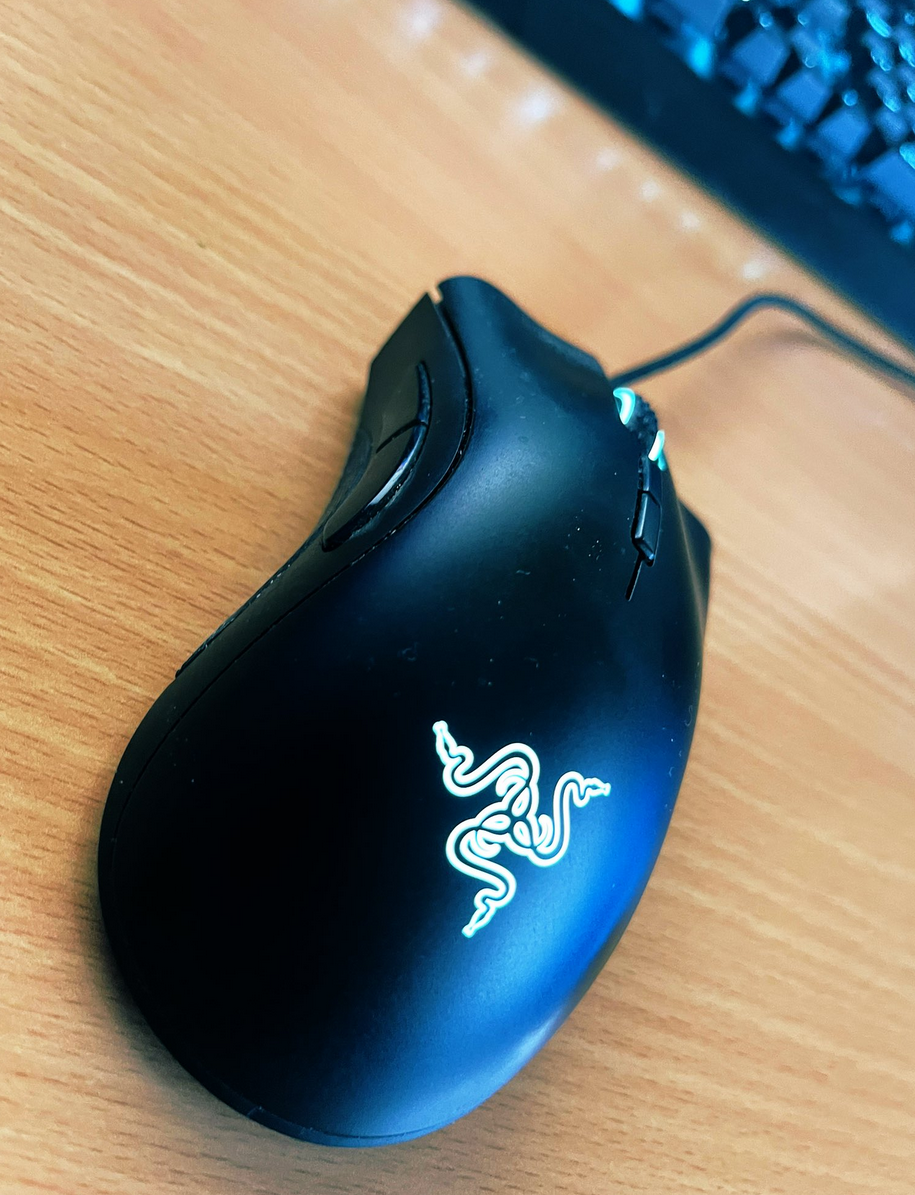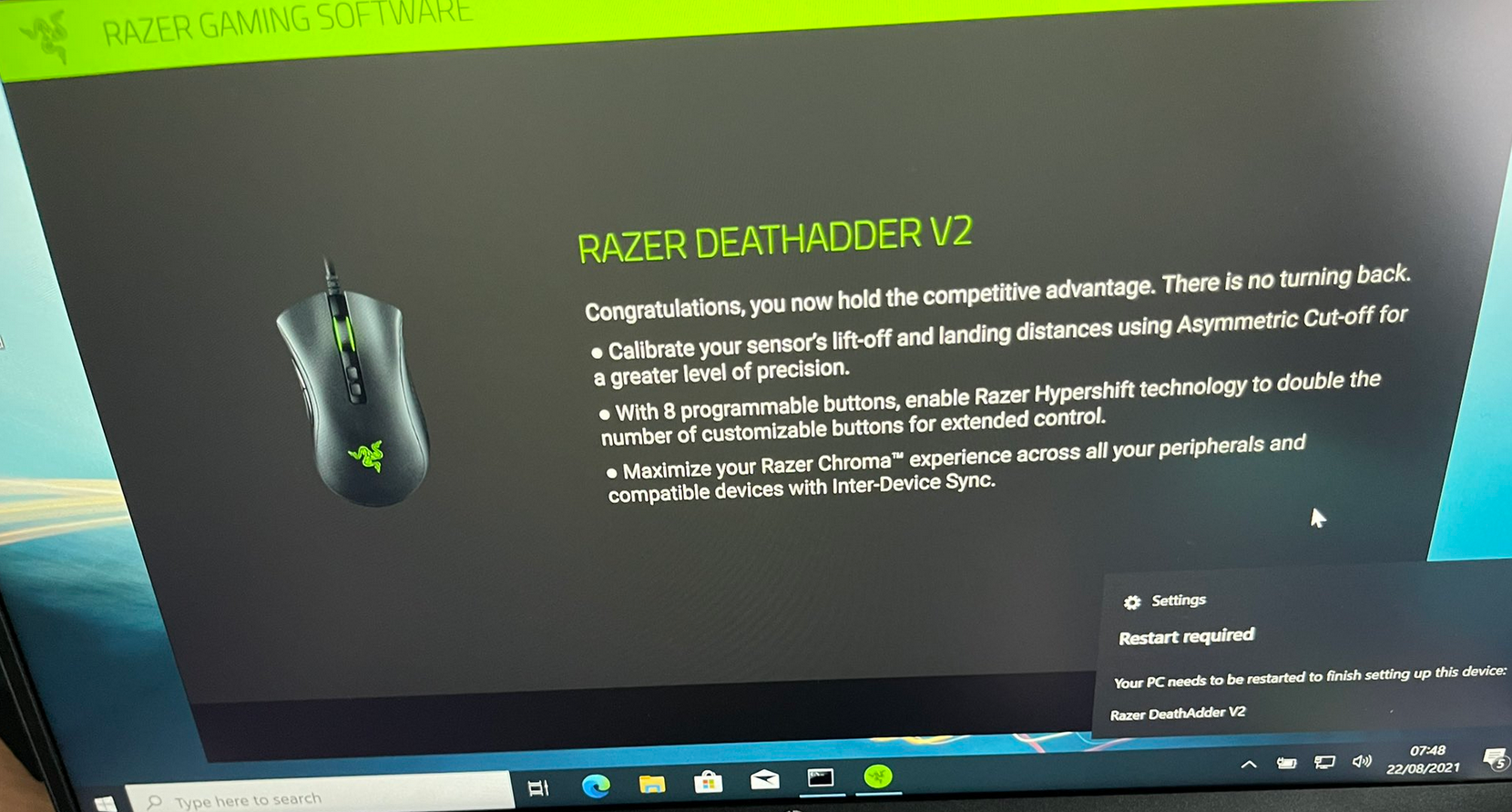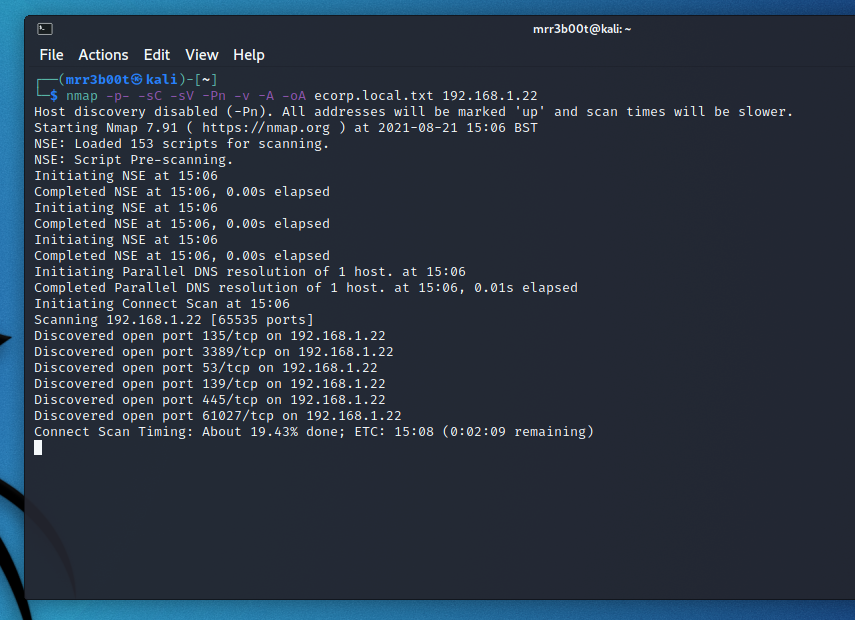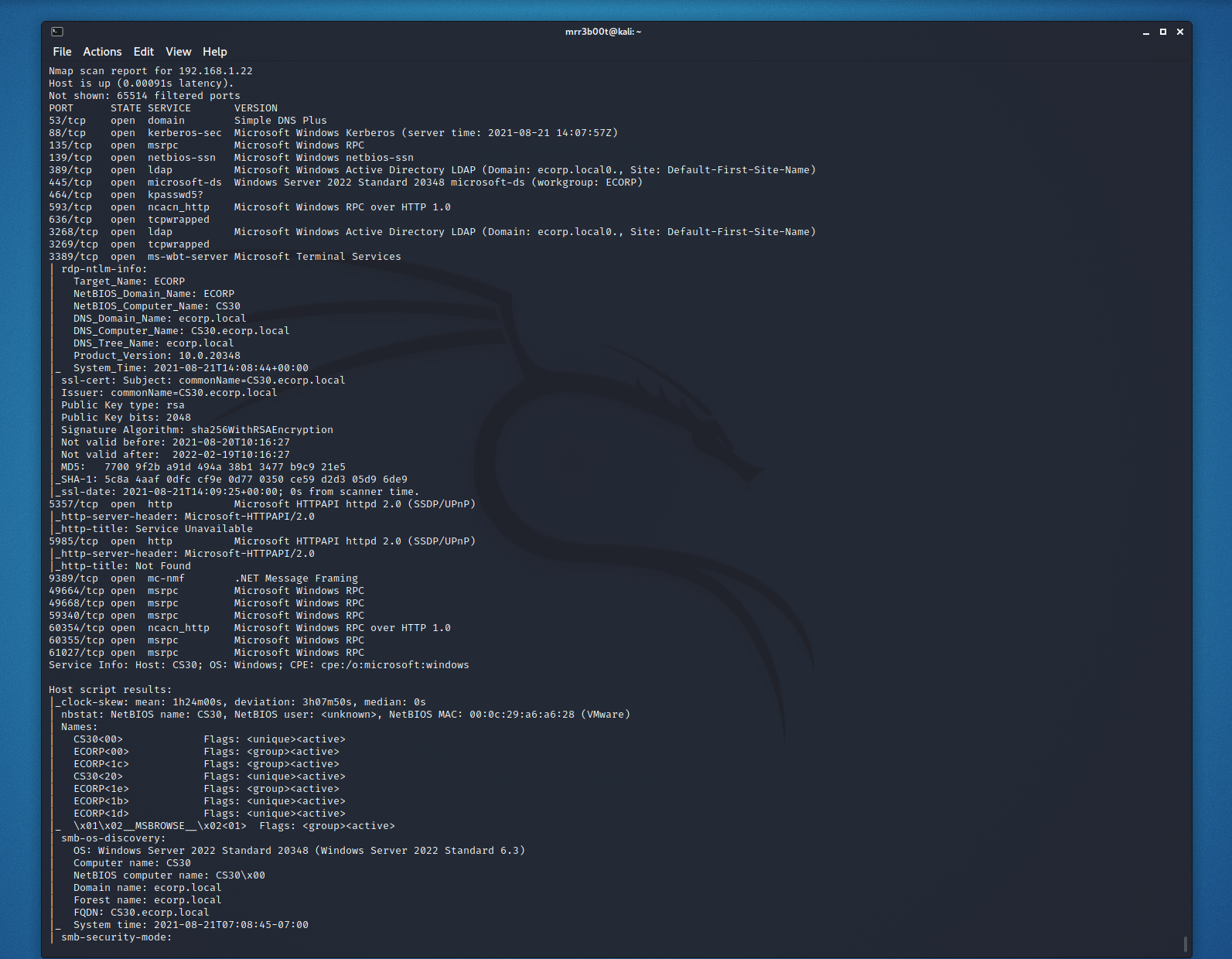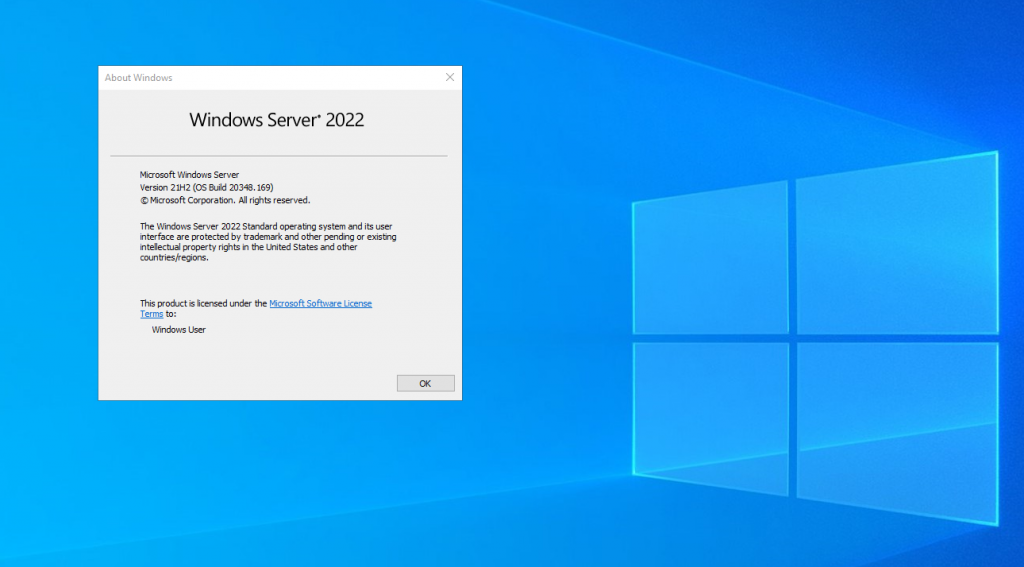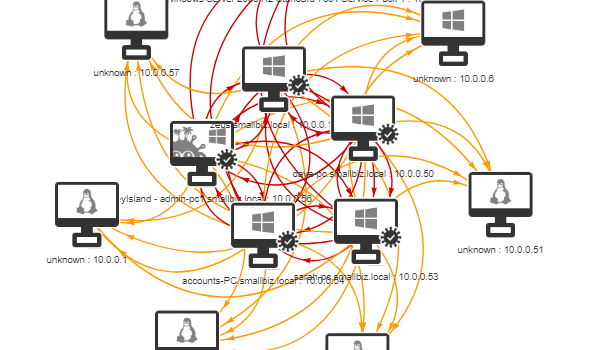 Defense
Defense
Infection Monkey Overview
Have you ever wanted to see what would occur in an environment if a worm was a make its way in? I often work with customers to show them about lateral movement from a human operated perspective however sometimes it’s useful for people to visualise this better and to demonstrate what could occur if a worm was set loose. A great tool to help with this is Infection Monkey from Guardicore (https://www.guardicore.com/
High Level View
The process steps are as follows:
- Scope Exercise
- Prepare Environment
- Deploy Infection Monkey Server (Monkey Island)
- Configure Server Credentials
- Monkey Configuration
- Release Monkey/s
- Review
- Report
